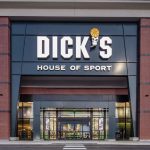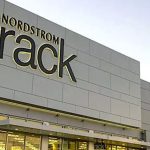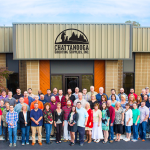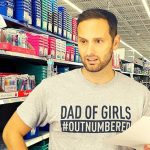Jarden Corp.s Outdoor Solutions segment, which includes Coleman, Pure Fishing and the former K2 Inc. business, reported net sales of $620.1 million for the third quarter, up 1.1% from comparable revenues of $613.1 million last year.
Segment earnings reached $83.6 million, up 15.1% from $72.6 million. Operating earnings for the quarter rose 11.5% to $67.7 million from $60.7 million a year earlier, after excluding one time restructuring and accounting charges related to Jardens acquisitions last year of K2 and Pure Fishing Inc.
Chairman and CEO Martin Franklin said the integration of K2 and Pure Fishing had already cut annual expenses by $50 million, 11 months ahead of schedule and said more savings remain. The reorganization should be completed next year. For every $1 of reorganizations costs the company incurs, it adds $1 of annual savings.
Outdoor Solutions attained overall organic growth on a pro-forma basis, with Coleman leading the way. The company posted 7% organic growth, primarily due to the launch of a new lighting program, a new gas program and hurricane-related sales.
Jarden has “seen good healthy POS” data on both Coleman and Rawlings products. The company reports “early strength of high levels of consumer interest in” K2 and other winter sports products. Initial shipments are in line with expectations and hits to K2s winter sports websites are up approximately 14% versus last year.
Citing recent studies by the NSGA and the National Ski Areas Association, company President and CEO Jim Lillie stressed that skiing and snowboarding are less vulnerable to economic cycles. “We continue to believe that cold weather and good snow are bigger drivers to this being a successful winter sports season than the economy will be,” Lillie said. The same applies to its Coleman business. “Based on some historical research we have performed, it's interesting to note that sales at Coleman grew during each of the last 4 recessions.”
Franklin said falling resin costs, which are the companys single biggest commodity cost, would probably enhance margins in 2009. He estimated resins account for less than $250 million of the companys $4 billion in costs of goods.
Franklin said while JAH is excited about new products on tap for next year, it has implemented a company-wide hiring freeze as part of a conservative management plan.
“Nobody can get hired without approval from corporate,” Franklin said. “And we're running, you know, conservatively, keeping a very tight control on costs. We don't want to have to announce rounds of layoffs if things tighten up a lot further. What we want is to keep the talent we have in our organization. We've spent a lot of money nurturing and building people up within our organization and I see it as bad investment to have to let them go for any short-term reasons.”
On a consolidated basis, Jarden ended the quarter in strong financial shape. It reported net income of $63.8 million, or 83 cents per diluted share, compared to net income of $21.2 million, or 28 cents per diluted share, for the year-ago third quarter. On a non-GAAP basis, adjusted net income was $74.9 million, or 98 cents per diluted share, compared to $60.1 million, or 80 cents for the year earlier quarter. Inventory rose 13.7% to $1.28 billion.
The company ended the quarter with $214.7 in cash and cash equivalents, down slightly from $220.5 million a year earlier. Its current ratio was 1.97, meaning it had nearly twice as much liquid assets on hand as needed to pay off debts due within a year.















